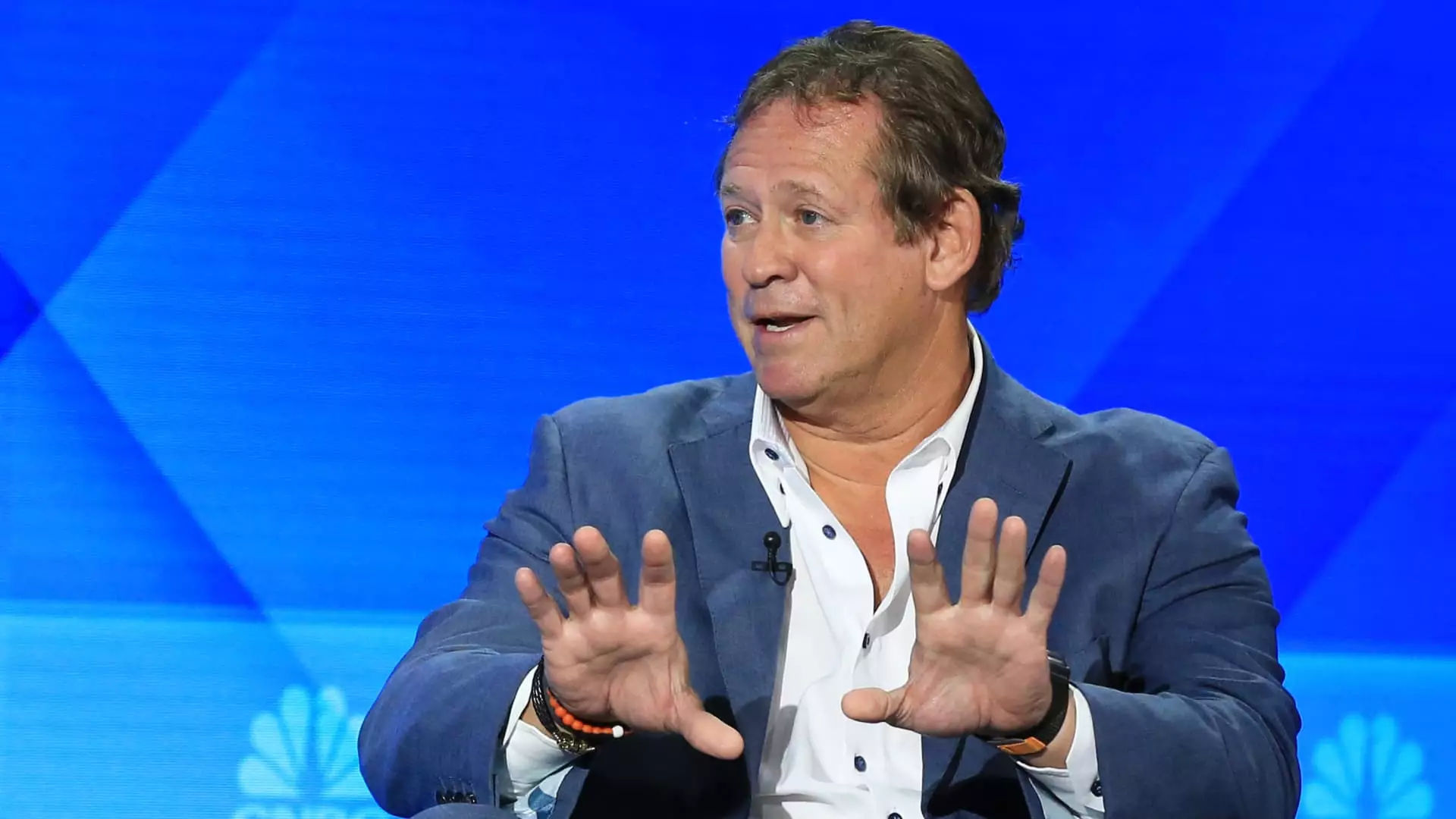For decades, investors in bonds have endured the suffocating grip of near-zero interest rates, forcing them to either settle for meager yields or reach for riskier assets. Now, according to Rick Rieder, BlackRock’s chief investment officer of global fixed income, that long drought has ended, opening what he calls a “generational opportunity.” This isn’t just another cyclical uptick; it’s a fundamental shift in fixed income dynamics driven by an environment where bond yields are finally offering meaningful income, something that hasn’t been seen in over 20 years.
The importance of this shift cannot be overstated, especially for investors who have grown skeptical about bonds as a portfolio buffer. Traditional wisdom holds that bonds serve as a ballast when equities falter, but the past few years exposed cracks in this paradigm. The so-called “duration” effect—the sensitivity of bond prices to interest rate changes—has underperformed, leaving investors searching for income that isn’t reliant on capital appreciation. In this light, the resurgence of high bond yields is nothing short of a redemption for conservative investors longing for dependable returns.
Redefining Risk and Reward in the Current Bond Landscape
What makes this opportunity all the more compelling is that it doesn’t demand reckless risk-taking. Critics often equate yield with credit risk, but Rieder highlights that corporate borrowers have, somewhat surprisingly, deleveraged since the pandemic. Companies have used the post-Covid era to repair balance sheets rather than pile on debt, improving their credit profiles and making high-yield bonds relatively safer than in previous cycles.
This nuance challenges the common narrative that investors must sacrifice safety to secure yield. Instead, it suggests a recalibration—where certain segments of the bond market, including European credits and peripheral sovereign debt, are offering attractive returns with manageable risk. The fact that dollar investors benefit from favorable cross-currency swap terms further sweetens the deal, providing an extra “2-2.5%” yield boost that few market participants have seen in decades. This multi-pronged yield advantage makes fixed income an essential, rather than optional, asset class in a contemporary portfolio.
The Tactical Focus: Where to Find True Value
Rieder’s insights provide clear tactical guidance amid a complex and often confusing spectrum of fixed income opportunities. He singles out the front and belly of the yield curve—the short to medium maturities—as the sweet spots for income investors. These maturities strike a balance between yield and risk exposure, avoiding the volatility that plagues longer-dated bonds.
Moreover, within this framework, Rieder points to specific sectors ripe for opportunity. European peripheral sovereign bonds such as those from Spain and Italy offer robust yields with muted supply risks. In the U.S., securitized products—like commercial mortgage-backed securities (CMBS) and non-agency mortgage-backed securities—make up a significant part of the iShares Flexible Income Active ETF (BINC), reflecting their attractive income profile and relative liquidity compared to corporate bonds.
Interestingly, Rieder has dialed back traditional investment-grade corporate bonds, now just 7% of the ETF, favoring high-yield corporate securities and agency mortgage-backed securities. This shift reflects a pragmatic recognition that the best yield opportunities often lie outside the safest credits, but still within secure enough structures to avoid excessive risk.
Clouds on the Horizon: The Federal Deficit and Market Volatility
No investment opportunity is without risk, and Rieder candidly flags the swelling U.S. federal deficit as the “biggest risk” confronting fixed income investors today. With the deficit ballooning—May alone saw a $316 billion shortfall—the federal government’s need to finance this debt underscores a flood of Treasury auctions that can exacerbate market volatility.
Long-term interest rates, highly sensitive to inflation expectations and fiscal health, remain vulnerable to sharp swings. While there are signs that inflation is cooling, the timeline for a sustained decline remains uncertain. This macroeconomic uncertainty injects a layer of caution for income-focused investors, reminding us that the road to consistently attractive yields is not without potholes.
Still, Rieder’s confidence that economic growth—supported by innovation and a pending technological revolution—will eventually tame inflation and ease rates offers a reassuring counterbalance to the debt-driven risks. This view aligns well with a center-right economic philosophy that prizes sound fiscal management and technological progress as pillars of sustainable growth.
Why Conservative Investors Should Act Now
The current fixed income environment is a rare confluence of factors that together create more than just a decent investment environment—it offers a strategic pivot point for risk-averse investors who have long been starved for yield. The era of zero-bound interest rates forced a reckoning with asset allocations and portfolios stretched thin for income. Today’s “high-yield but prudent” bond market structure enables investors to reclaim both income reliability and capital preservation.
Ignoring this opportunity out of habit or misplaced risk aversion would be a costly mistake. Bonds are reclaiming their role not just as safety nets but as active income generators, essential for balanced portfolios that can withstand equity market shocks. With carefully curated exposure to European credits, select corporate high-yield bonds, and securitized assets, investors can gain attractive coupon returns without plunging into speculative waters.
Indeed, those who embrace this moment—before technological innovation and productivity gains cool inflation and push rates downward again—stand to benefit enormously. The decisive call here is for measured optimism: the bond market’s newfound generosity won’t last forever, but if seized wisely, it can redefine fixed income’s role in wealth preservation and growth for an entire generation of investors.

